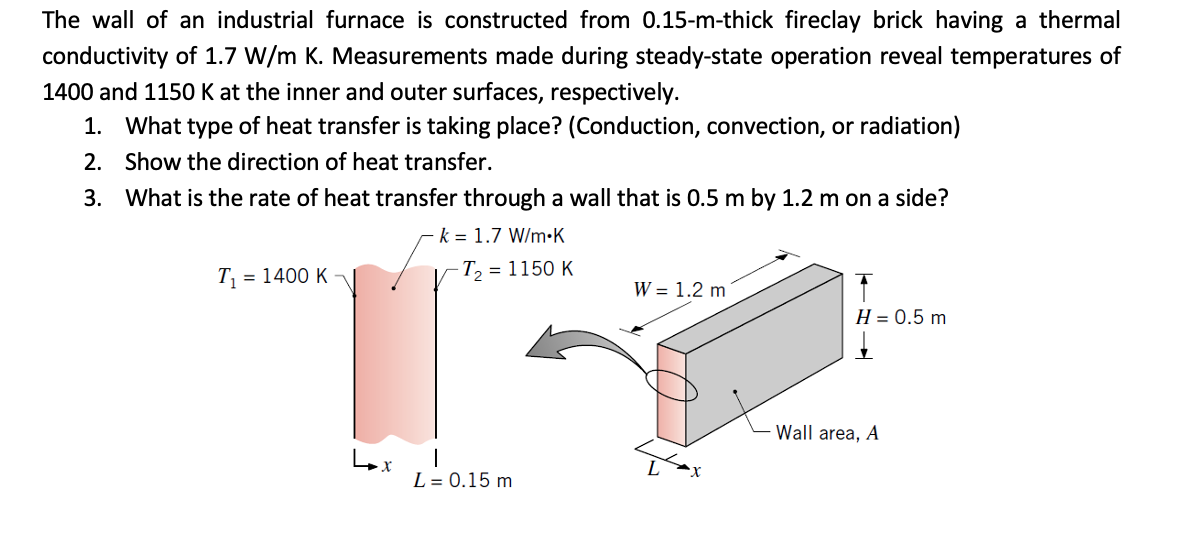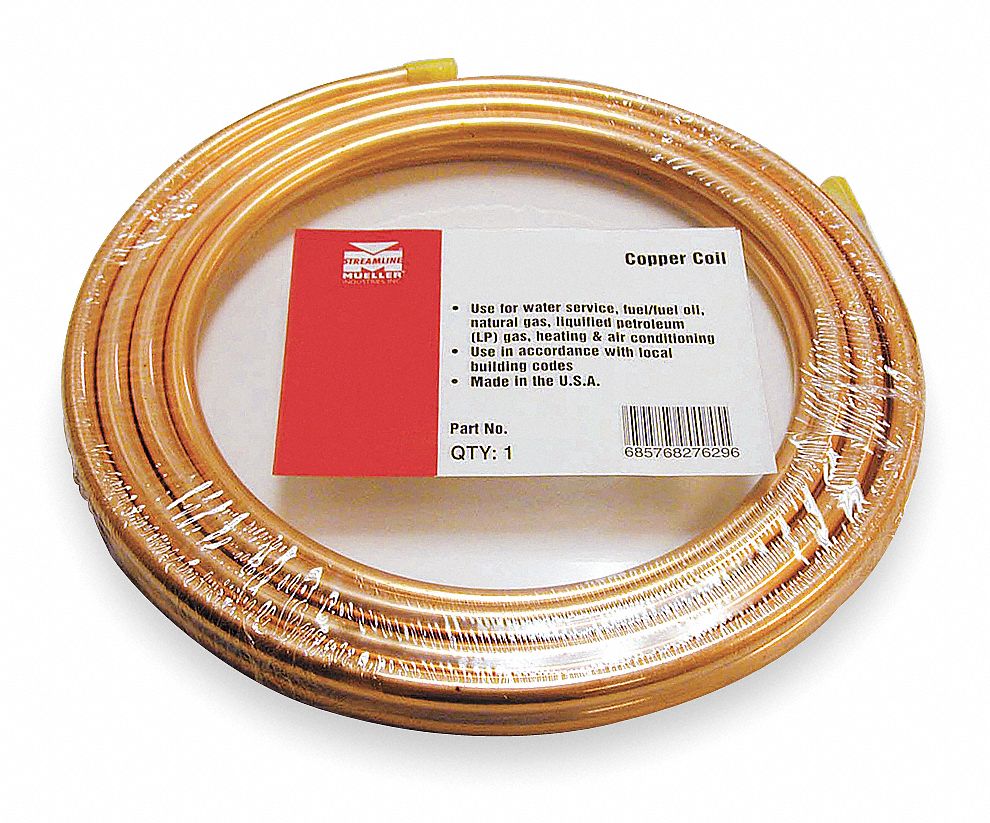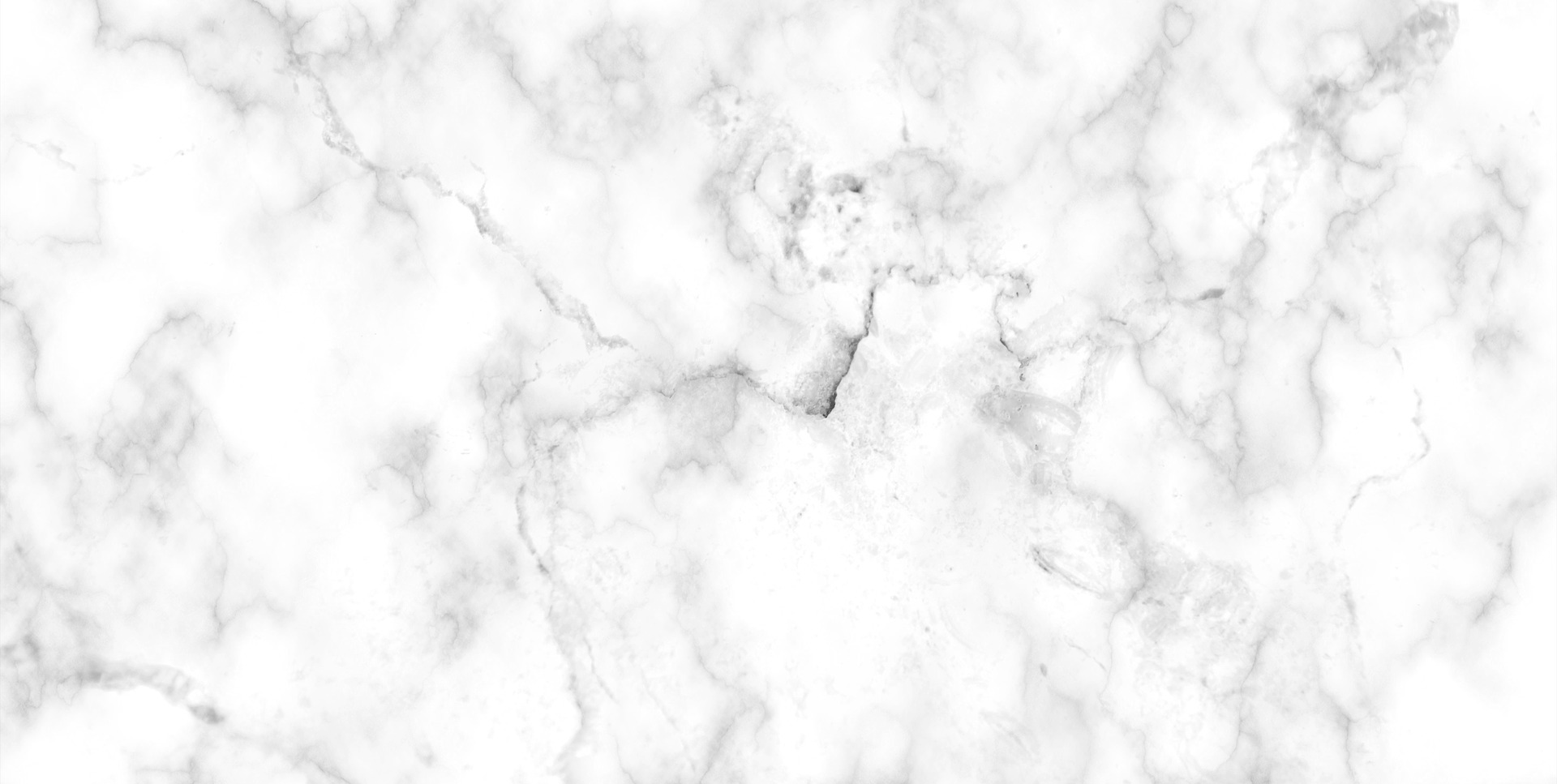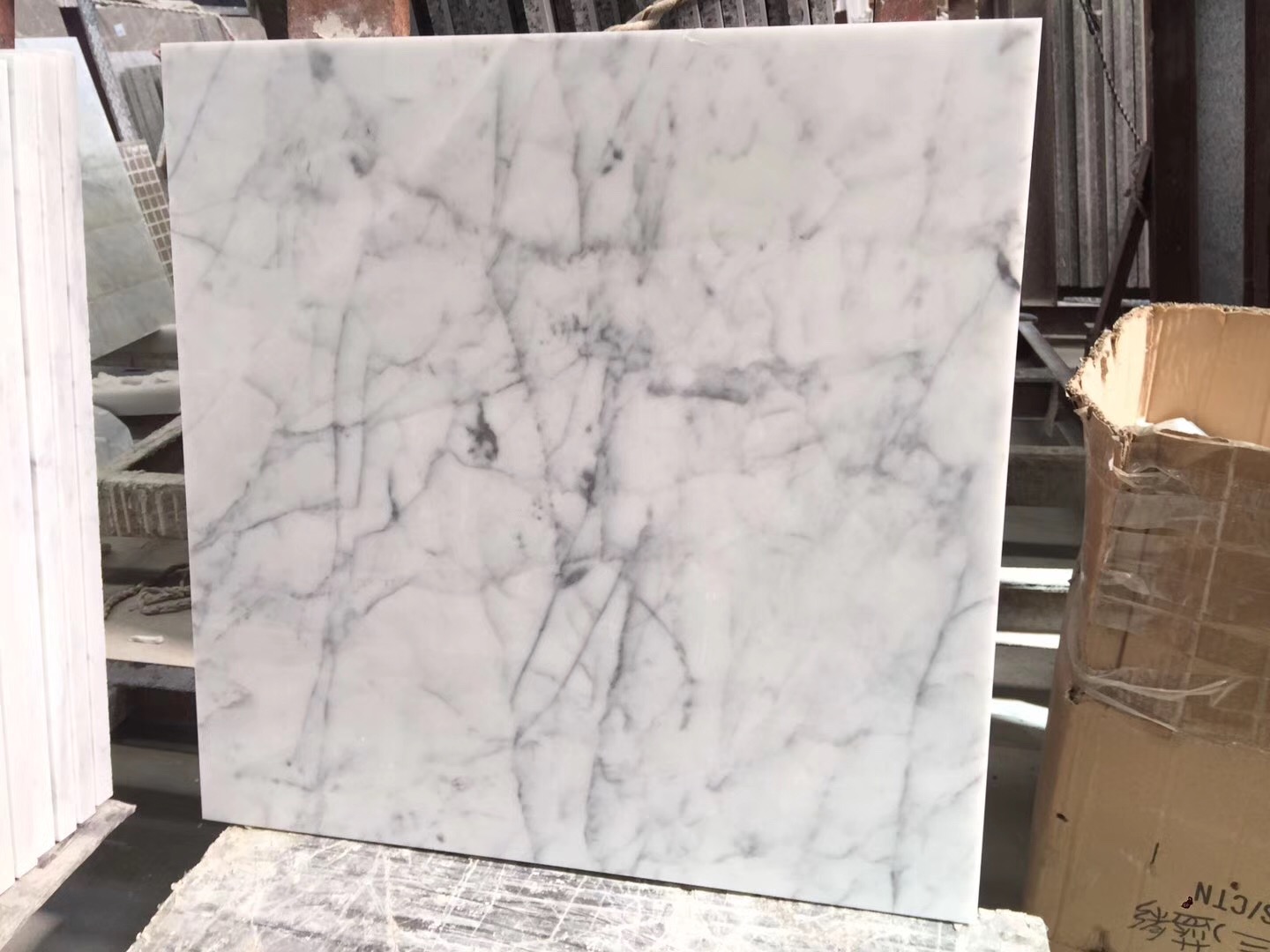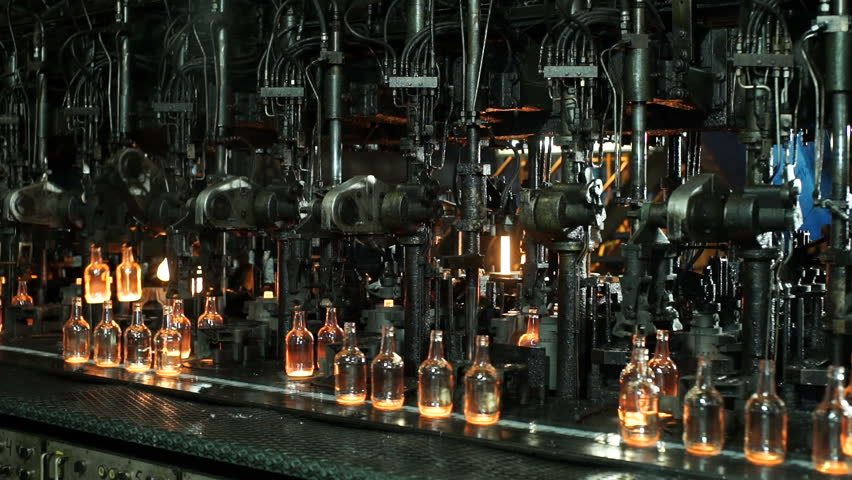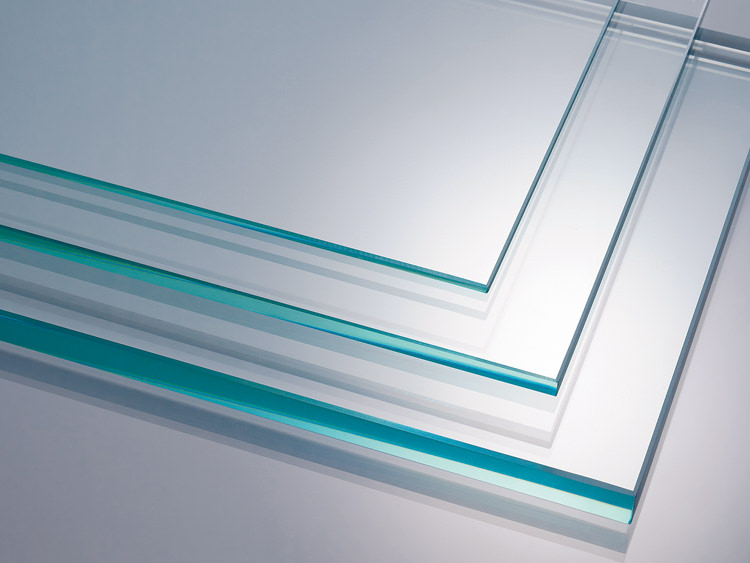Porcelain may seem like a stylish and elegant choice for a kitchen sink, but it can quickly become one of the worst materials to use. While it may be visually appealing, porcelain is not very durable and is prone to chipping and cracking. This can lead to expensive repairs or even the need for a complete replacement of the sink. Additionally, porcelain is easily stained and can be difficult to clean, making it a poor choice for a busy kitchen.1. Porcelain
Acrylic may be a budget-friendly option for a kitchen sink, but it is also one of the worst materials to use. It is not very durable and is prone to scratches and stains. The glossy finish of acrylic can also become dull and lose its shine over time. It is also not heat resistant, so placing hot pots and pans in the sink can cause damage. Overall, acrylic sinks are not a long-term solution for a high-traffic kitchen.2. Acrylic
Laminate may be a popular choice for countertops, but it is not a good material for kitchen sinks. It is made of layers of plastic and particleboard, making it susceptible to water damage and warping. It is also not very heat resistant and can be easily scratched or chipped. Additionally, the seams in laminate sinks can become a breeding ground for bacteria and mold, making it a less hygienic option.3. Laminate
While stainless steel may be a common choice for kitchen sinks due to its sleek and modern appearance, it can also be one of the worst materials to use. Stainless steel sinks are prone to scratches, dents, and water spots. They also tend to be noisy, especially when dishes and utensils are being washed. And while they are generally easy to clean, they can show water and soap stains, making them look dirty and unappealing.4. Stainless Steel
Cast iron may be a classic and durable material, but it is not well-suited for a kitchen sink. It is heavy and requires extra support, making it difficult to install. It is also prone to chipping and scratching, and the enamel coating can chip away over time, exposing the cast iron underneath. This can lead to rust and stains, making it a poor choice for a busy kitchen.5. Cast Iron
Composite granite may seem like a good alternative to natural stone, but it can quickly become one of the worst materials for a kitchen sink. While it is durable and resistant to scratches and stains, it is also prone to cracking and chipping. The composite material can also absorb odors and bacteria, making it difficult to keep clean and hygienic.6. Composite Granite
Fireclay is a type of ceramic material that is commonly used for kitchen sinks, but it is not a good choice for a high-traffic kitchen. It is prone to cracking and chipping, especially if heavy objects are dropped into the sink. The glaze on the surface can also become scratched and stained, making it difficult to maintain its clean and glossy appearance. Fireclay sinks also tend to be more expensive than other materials.7. Fireclay
Copper may be a unique and visually appealing choice for a kitchen sink, but it comes with its own set of drawbacks. While it is naturally antimicrobial, making it a hygienic option, it is also prone to staining and water spots. The patina on copper sinks can also wear away over time, exposing the metal underneath. This can lead to discoloration and a less attractive appearance.8. Copper
Marble may be a luxurious and elegant choice for a kitchen sink, but it is not a practical one. Marble is a soft and porous material, making it prone to scratches, stains, and etching from acidic substances. It also requires regular sealing to prevent water damage and staining. Additionally, marble sinks can be expensive and difficult to install, making it a less feasible option for many homeowners.9. Marble
Glass may seem like a modern and stylish choice for a kitchen sink, but it is not a practical one. While it is easy to clean and maintain, it is not very durable and can be easily cracked or shattered by heavy objects. Glass sinks are also prone to water spots and can become cloudy over time. This can make them look dirty and unappealing, especially in a high-traffic kitchen. In conclusion, when choosing a kitchen sink material, it is important to consider not just the aesthetic appeal, but also the durability, maintenance, and functionality. While some materials may look great, they may not be well-suited for the demands of a busy kitchen. It is important to research and weigh the pros and cons of each material before making a decision to ensure a long-term and satisfactory investment. 10. Glass
The Worst Kitchen Sink Materials for Your House Design
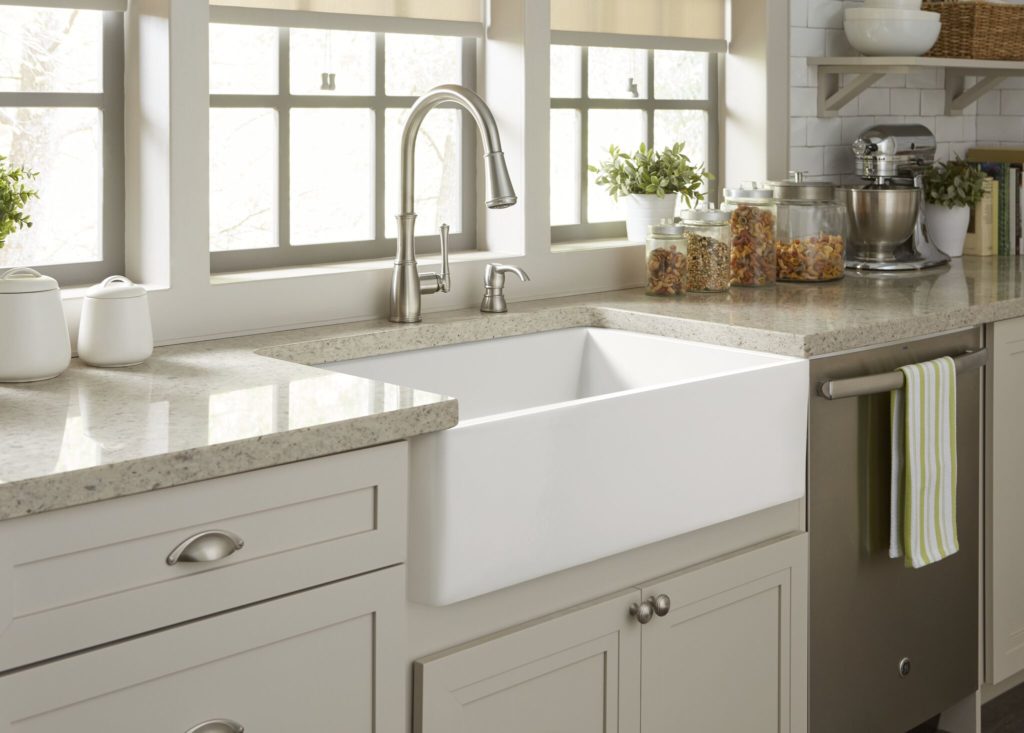
When it comes to designing your dream kitchen, choosing the right materials for your sink is crucial. Not only does it play a functional role, but it also adds to the overall aesthetics of your kitchen. While there are a variety of materials to choose from, it's important to be aware of the worst kitchen sink materials that can turn your dream kitchen into a nightmare.
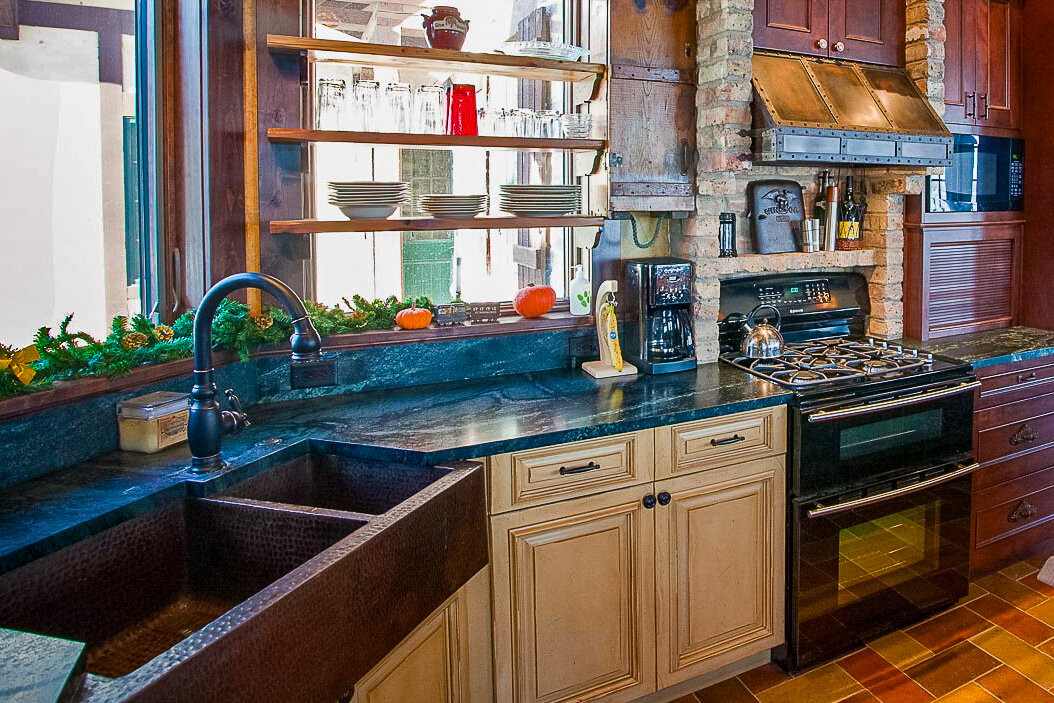
One of the worst materials for your kitchen sink is porcelain . While it may look elegant and classic, it is prone to chipping and scratching, especially if you have a busy kitchen. Porcelain sinks are also not very resistant to heat and can easily crack if hot pots or pans are placed on them. They also require careful maintenance and regular cleaning to prevent stains and discoloration.
Marble sinks are another material that may look luxurious, but it is not suitable for a kitchen sink. Marble is a porous material, making it susceptible to stains, scratches, and etching from acidic substances like lemon juice or vinegar. It is also a relatively soft material, making it prone to chipping and cracking. Not to mention, marble sinks are expensive and require regular sealing to maintain their appearance.
Composite granite sinks are becoming increasingly popular, but they can also be a poor choice for your kitchen sink. While they are durable and easy to clean, they are prone to discoloration and can develop hairline cracks over time. They are also not heat-resistant, so placing hot pots or pans on them can cause damage. Additionally, composite granite sinks can be expensive and may not suit all kitchen designs.
Another material to avoid for your kitchen sink is stainless steel . While it may seem like a practical and affordable option, it can easily scratch and dent, making it look worn and unappealing. Water spots and fingerprints are also highly visible on stainless steel, requiring constant cleaning to maintain its shine. It is also not very heat-resistant and can make a loud noise when dishes are being washed.
Lastly, acrylic sinks should also be avoided for your kitchen. While they may be budget-friendly and come in a variety of colors, they are not very durable and can easily scratch, chip, or crack. They are also not very heat-resistant and can become discolored over time. Additionally, harsh cleaning products can damage the acrylic material, making it look dull and worn.
When designing your dream kitchen, it's important to choose the right materials for your sink. Avoiding worst kitchen sink materials like porcelain, marble, composite granite, stainless steel, and acrylic can save you from future headaches and costly repairs. Instead, opt for more durable and low-maintenance materials like granite, quartz, or fireclay for a sink that not only looks beautiful but also stands the test of time.
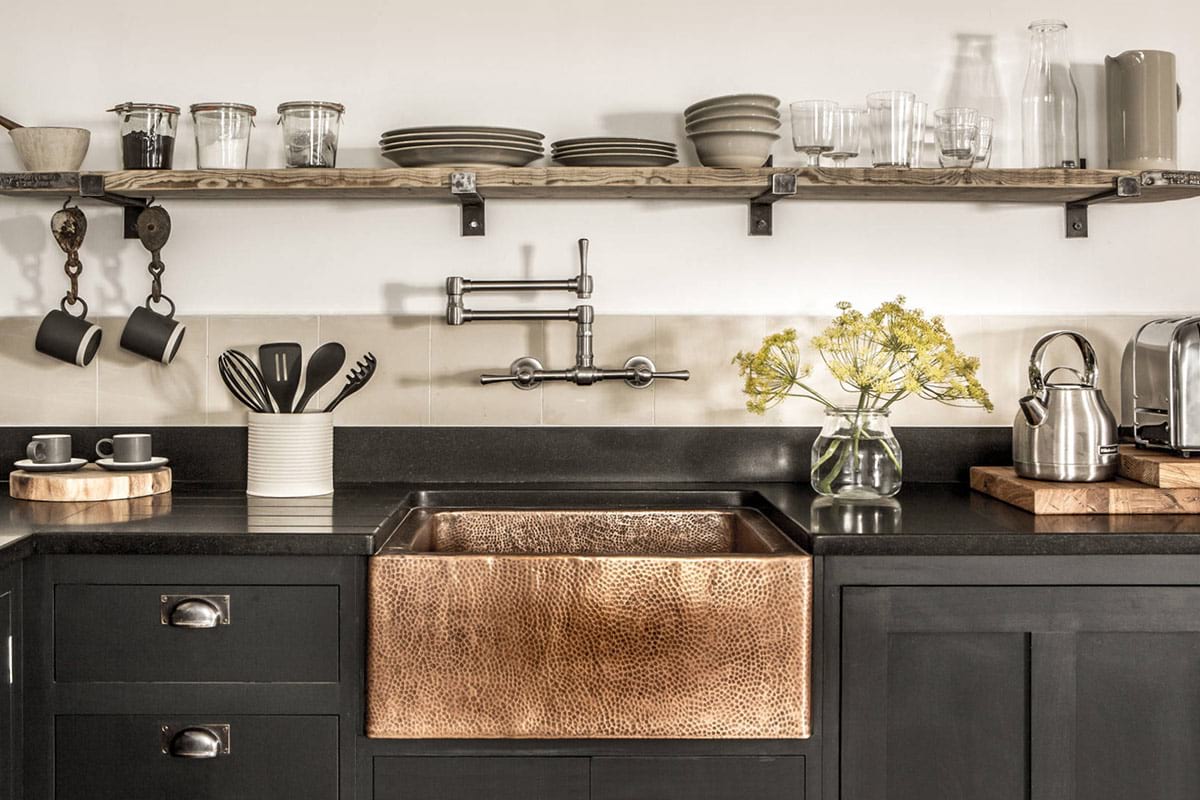
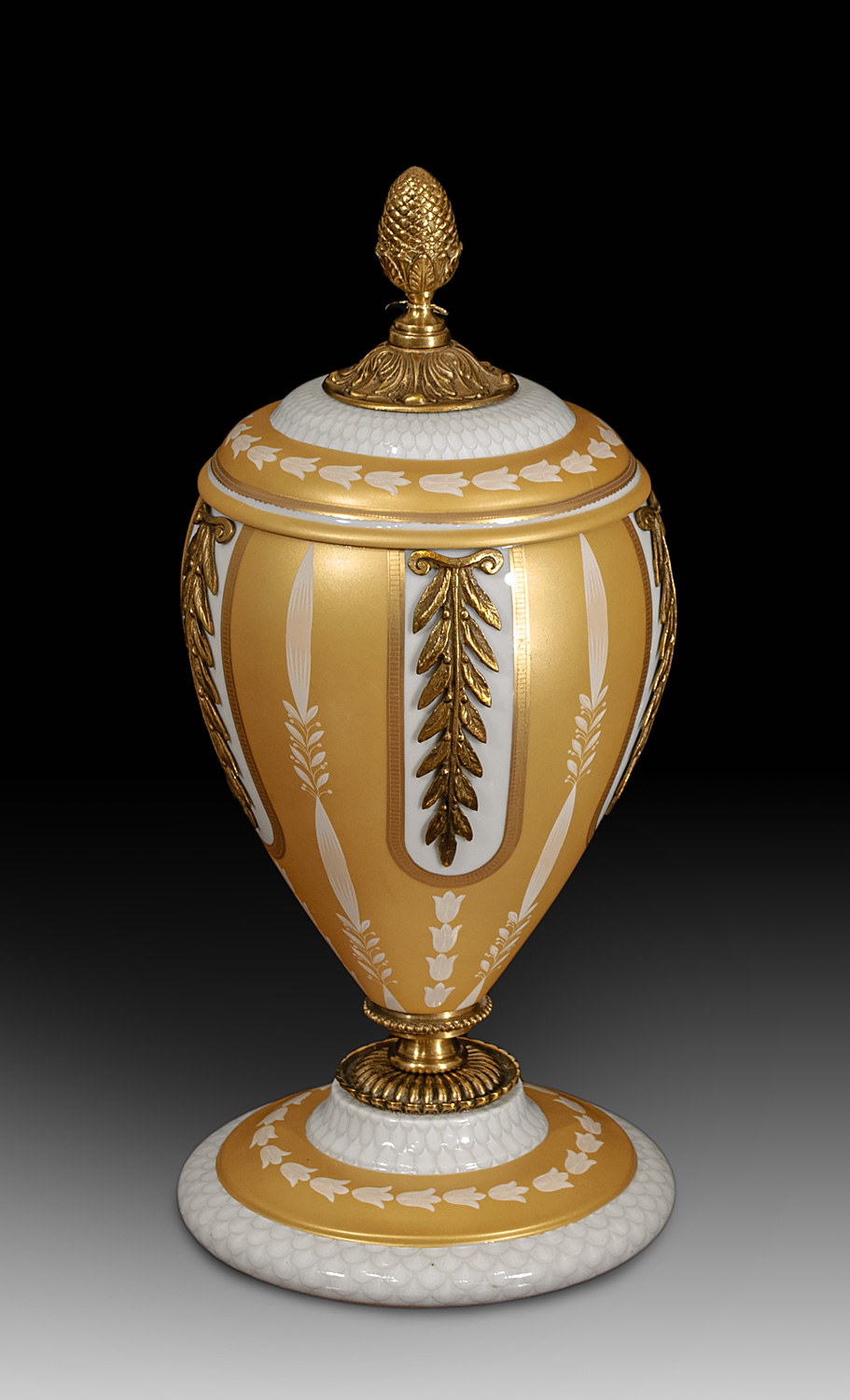
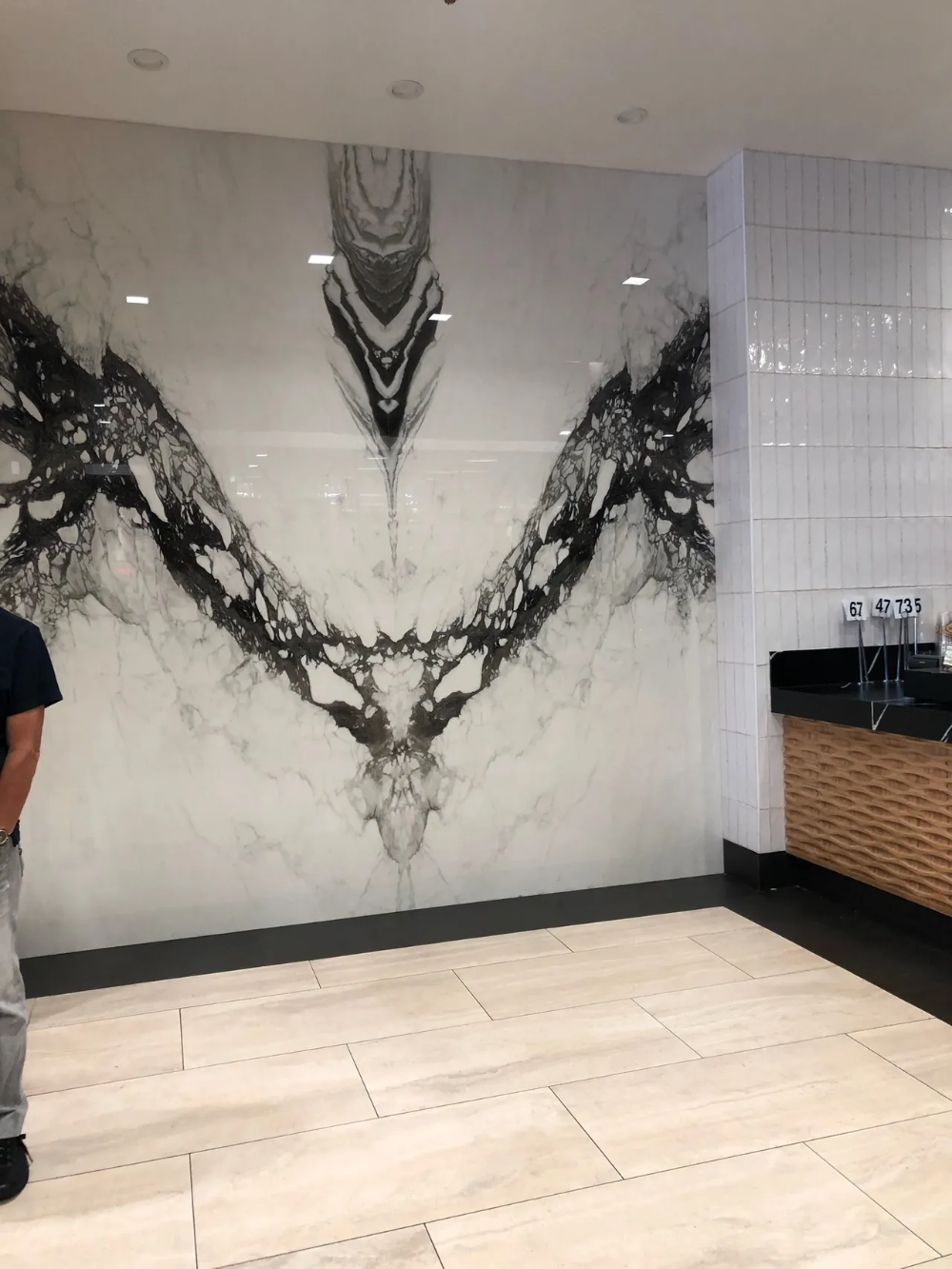



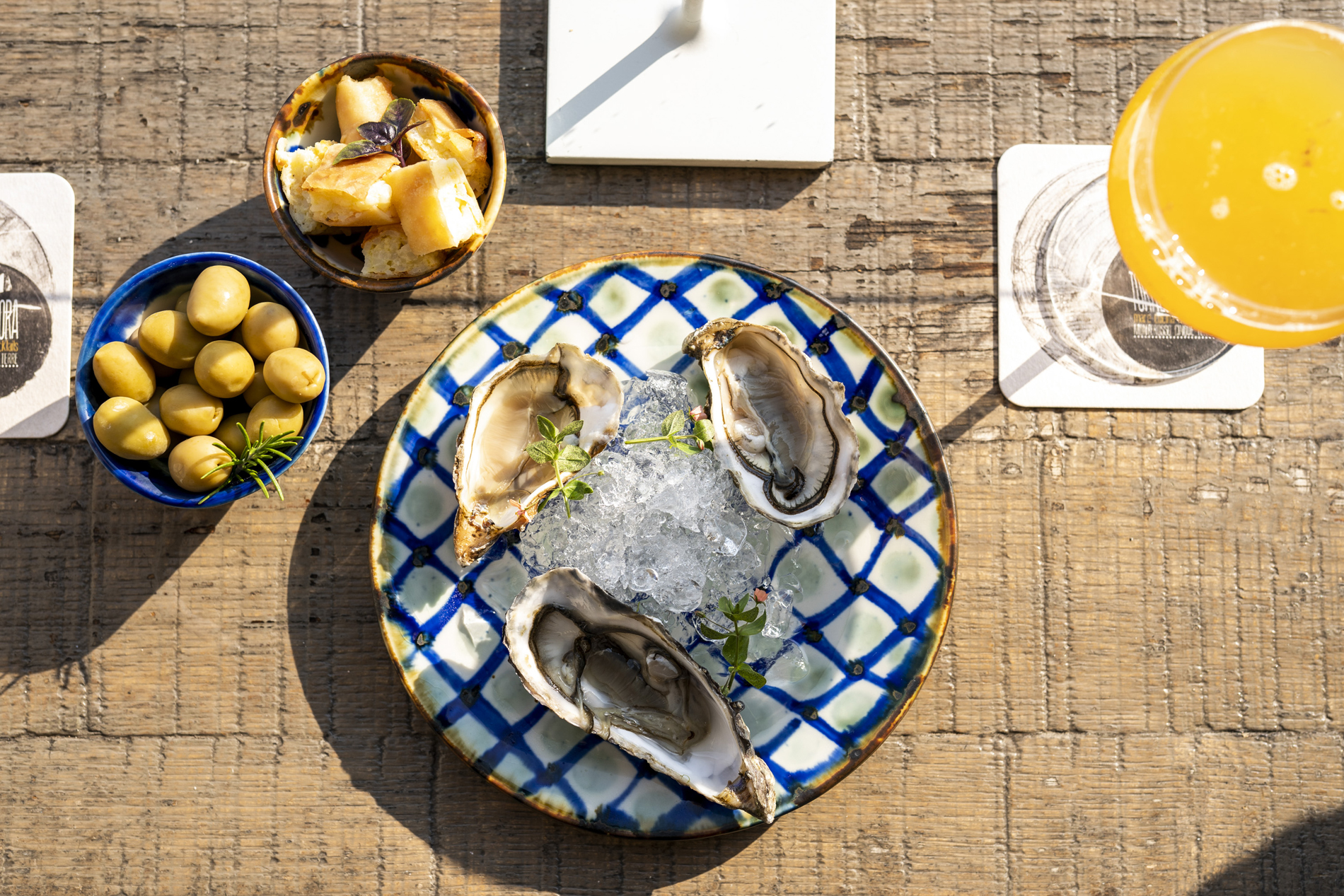




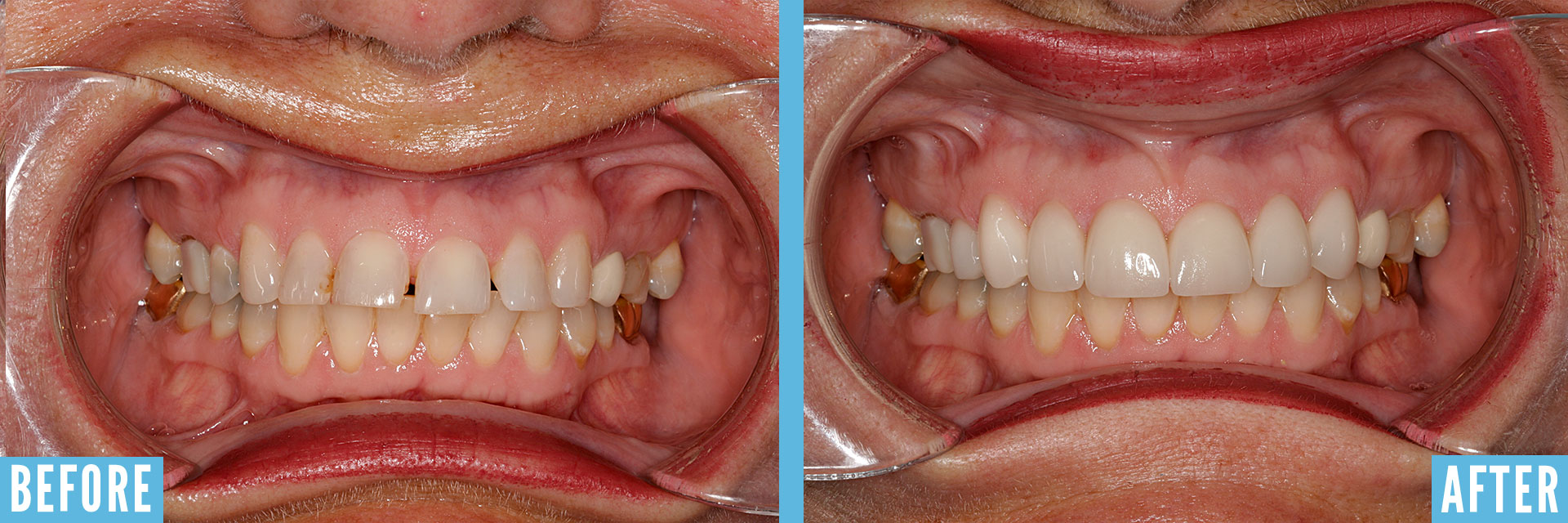




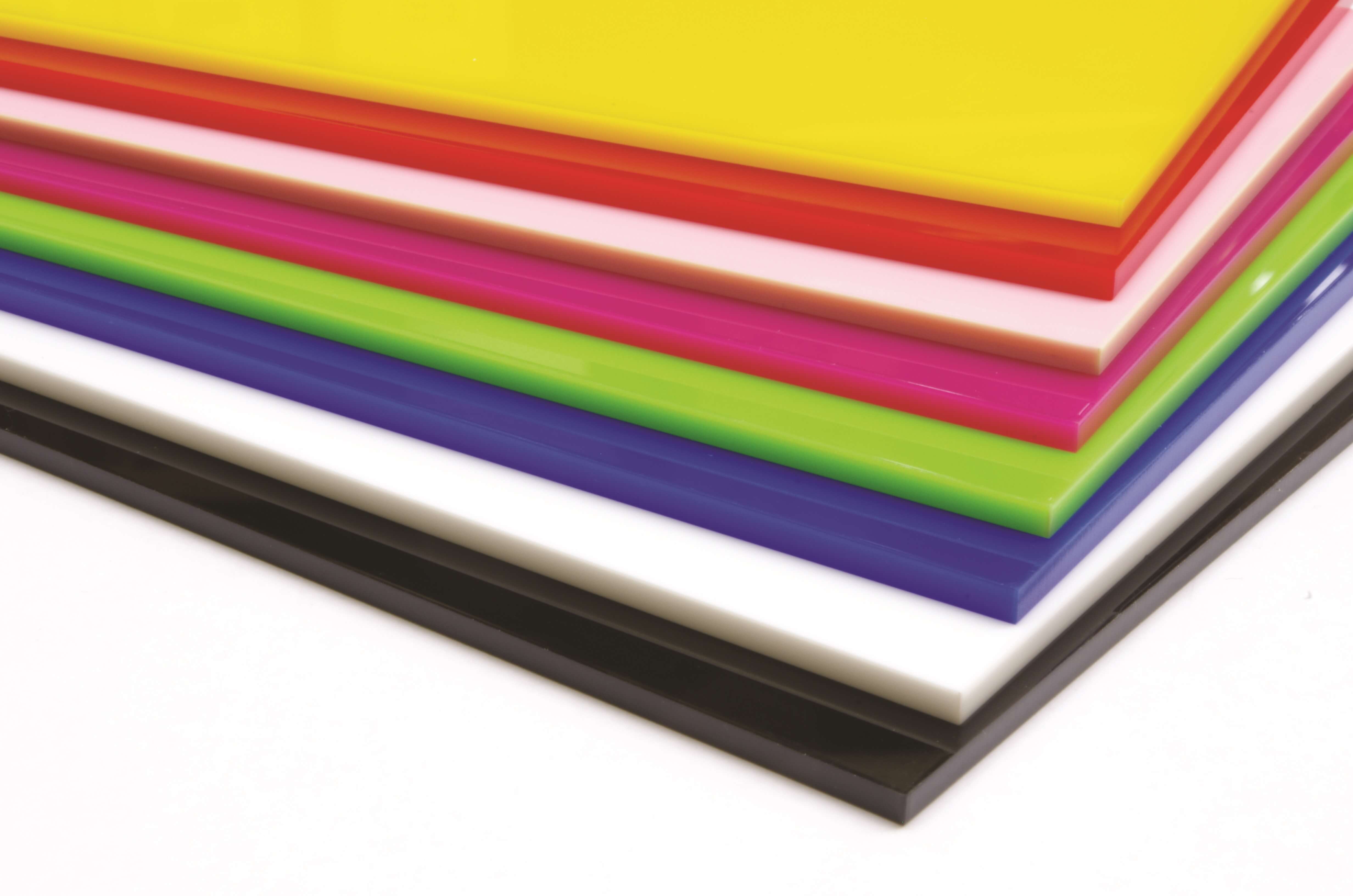

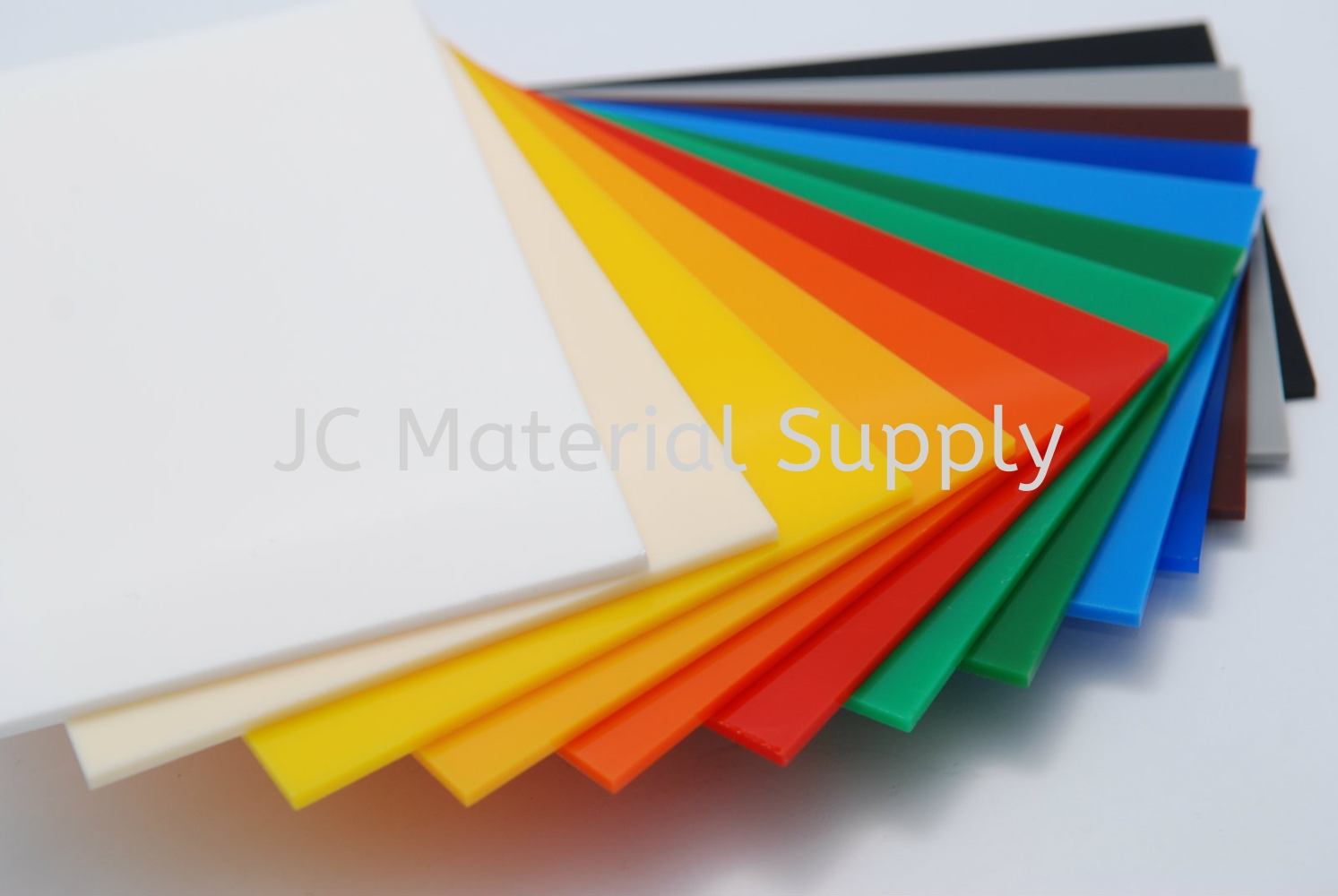

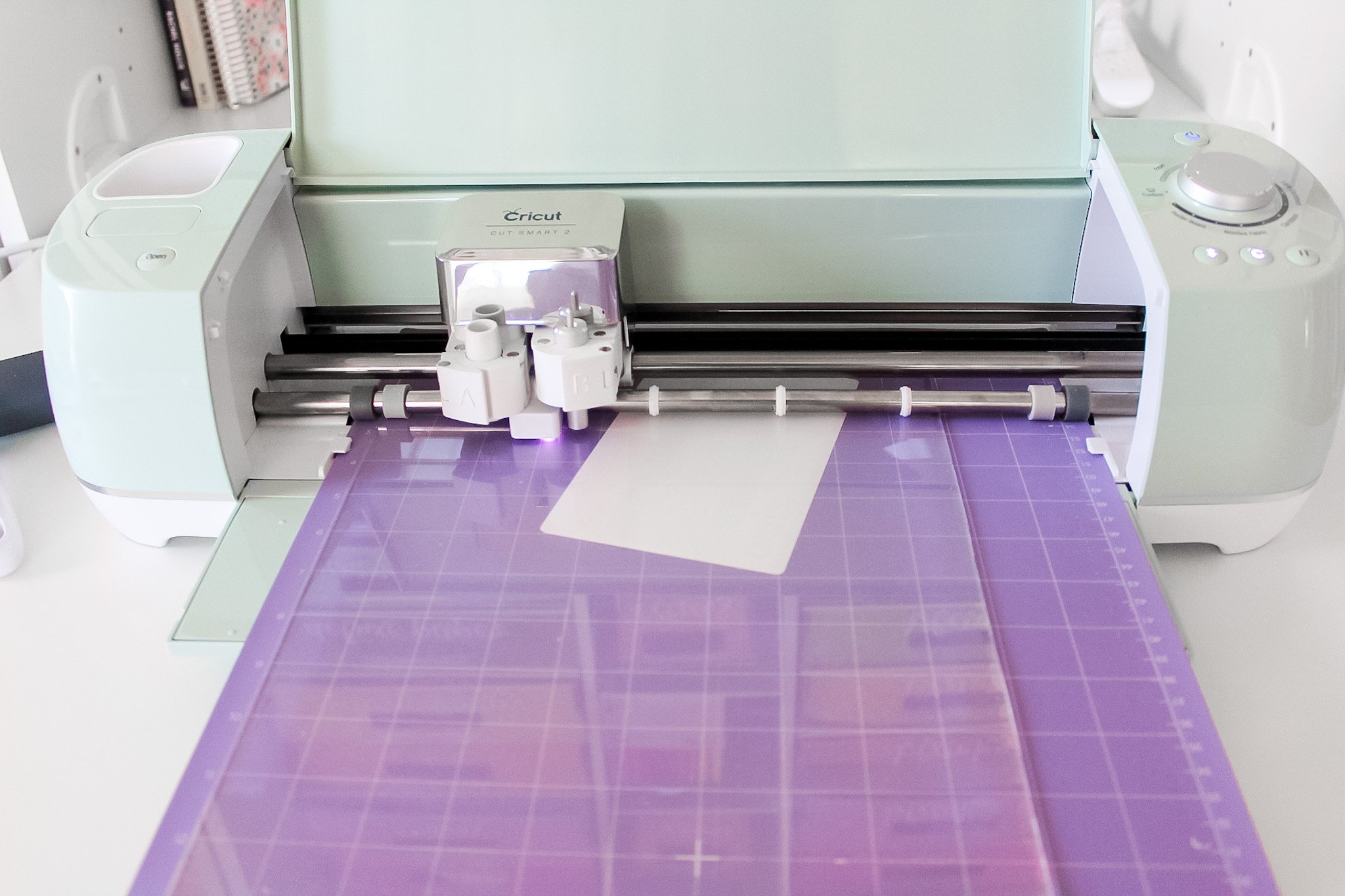
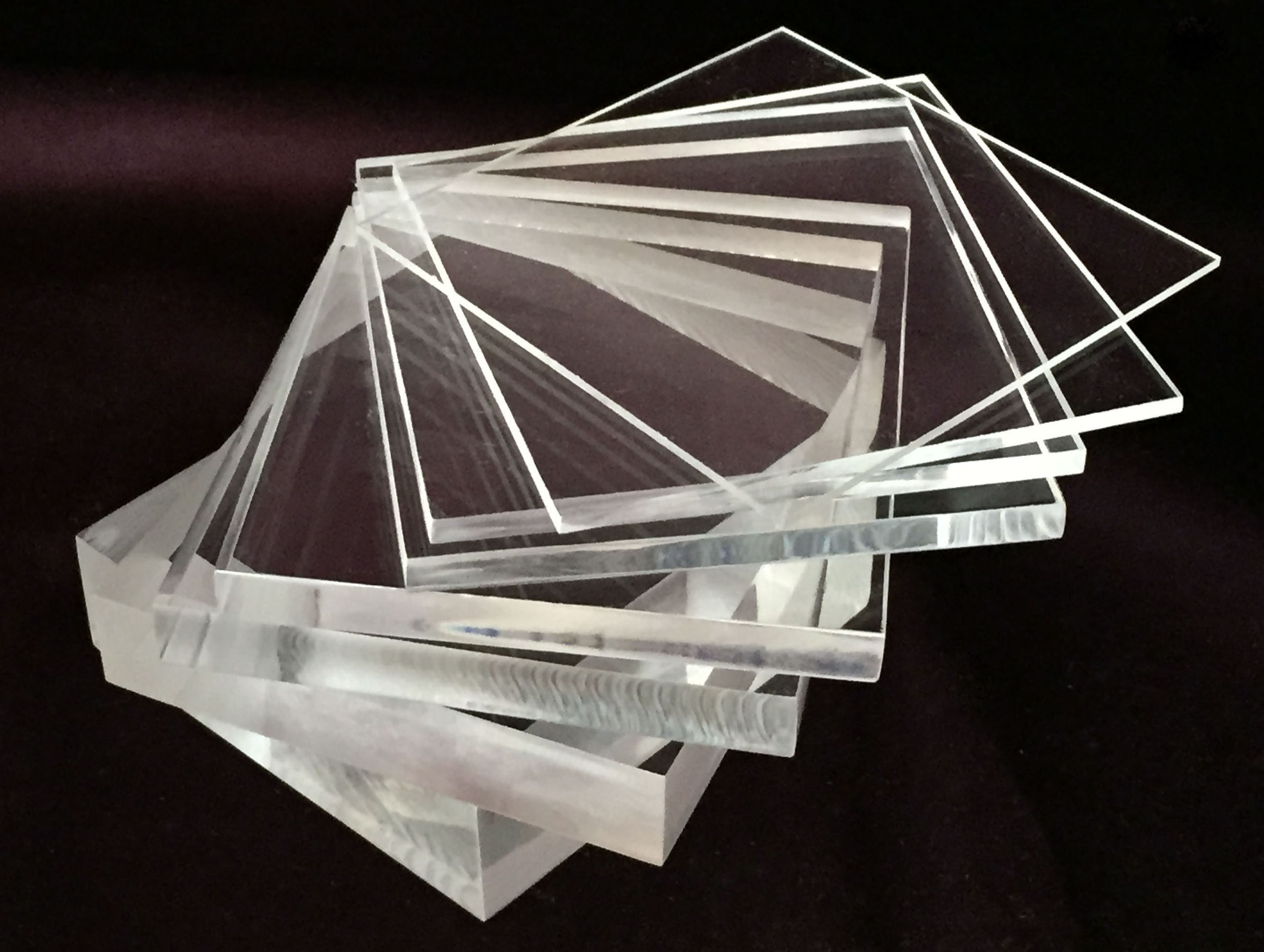


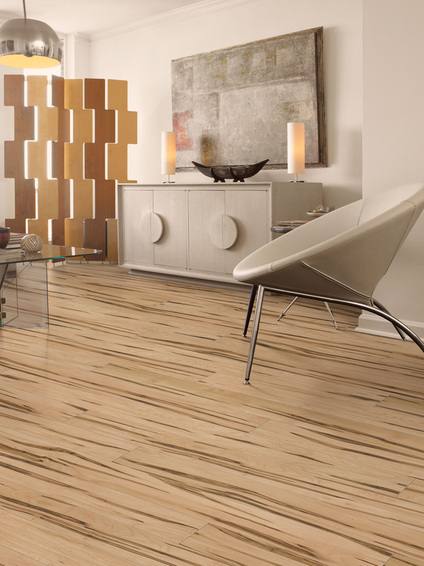

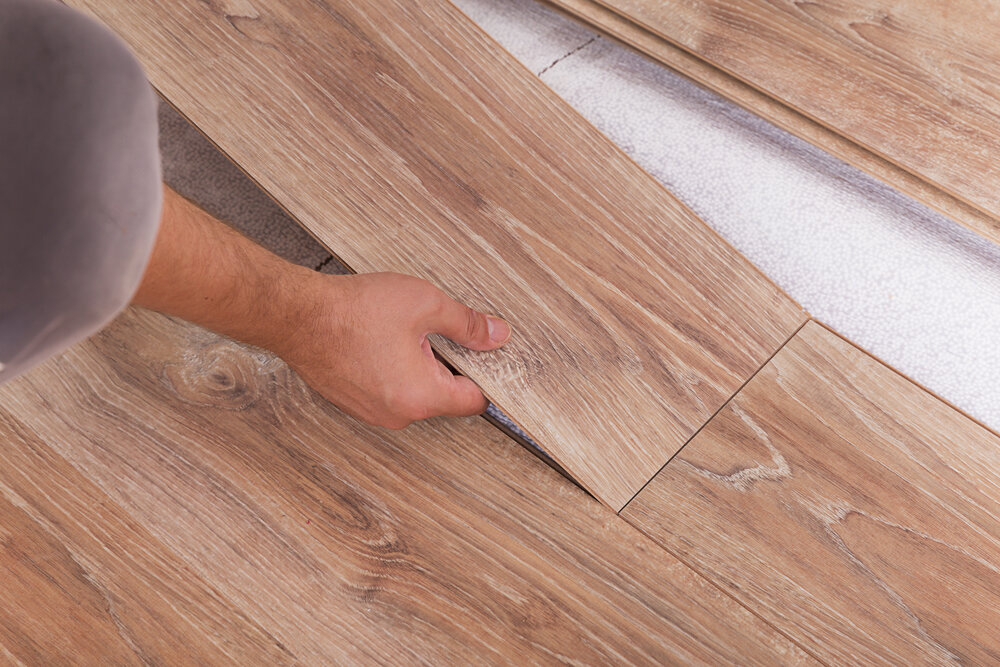
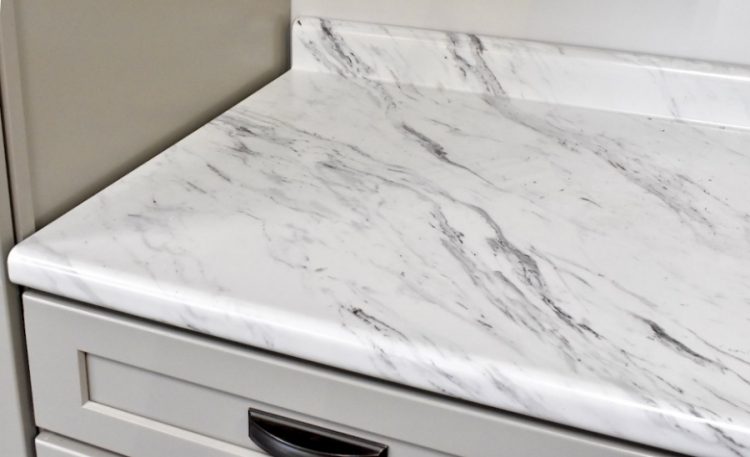

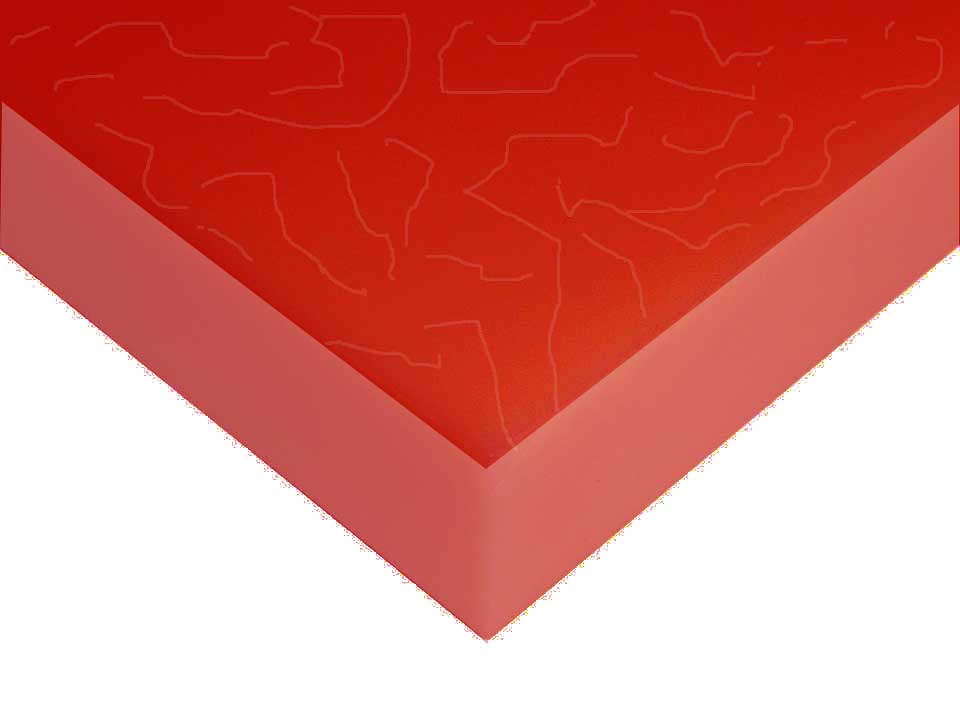



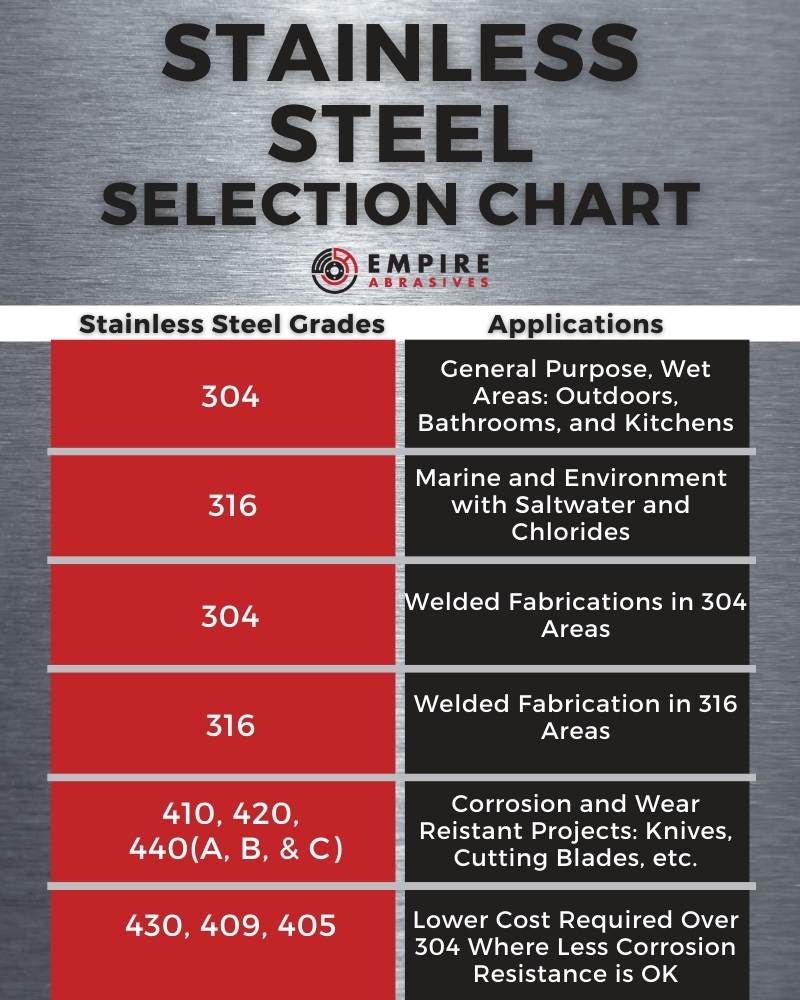
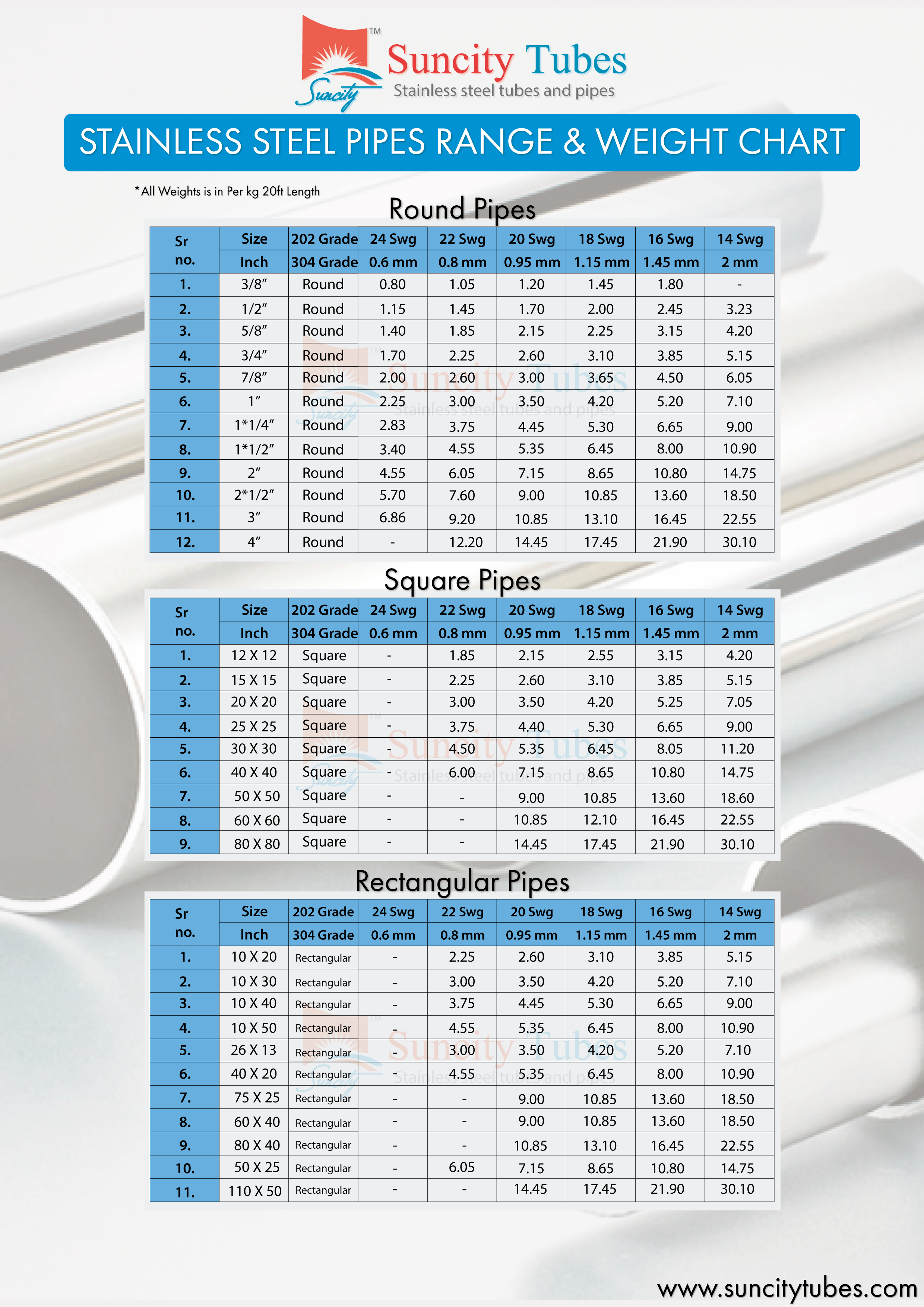
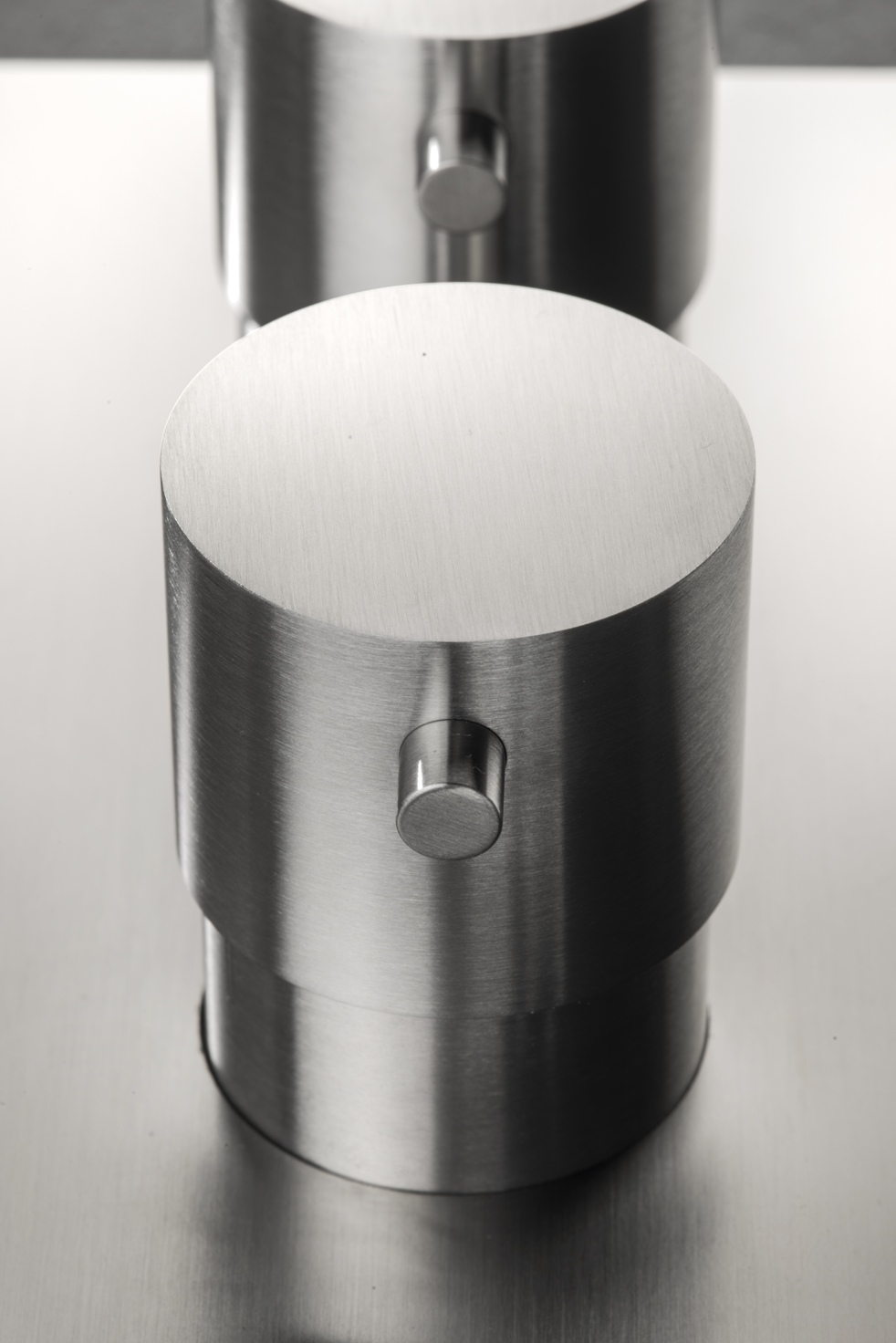
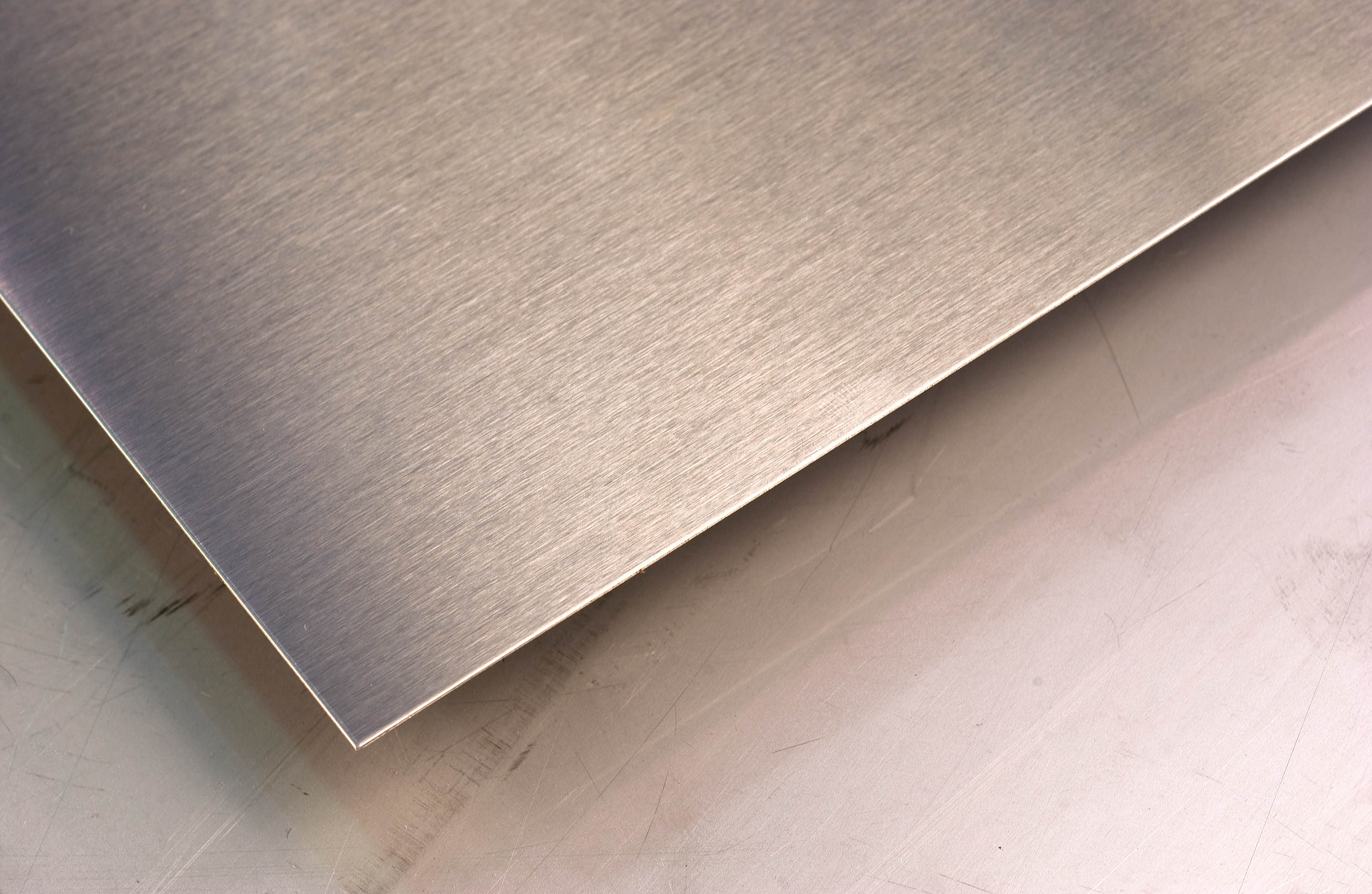
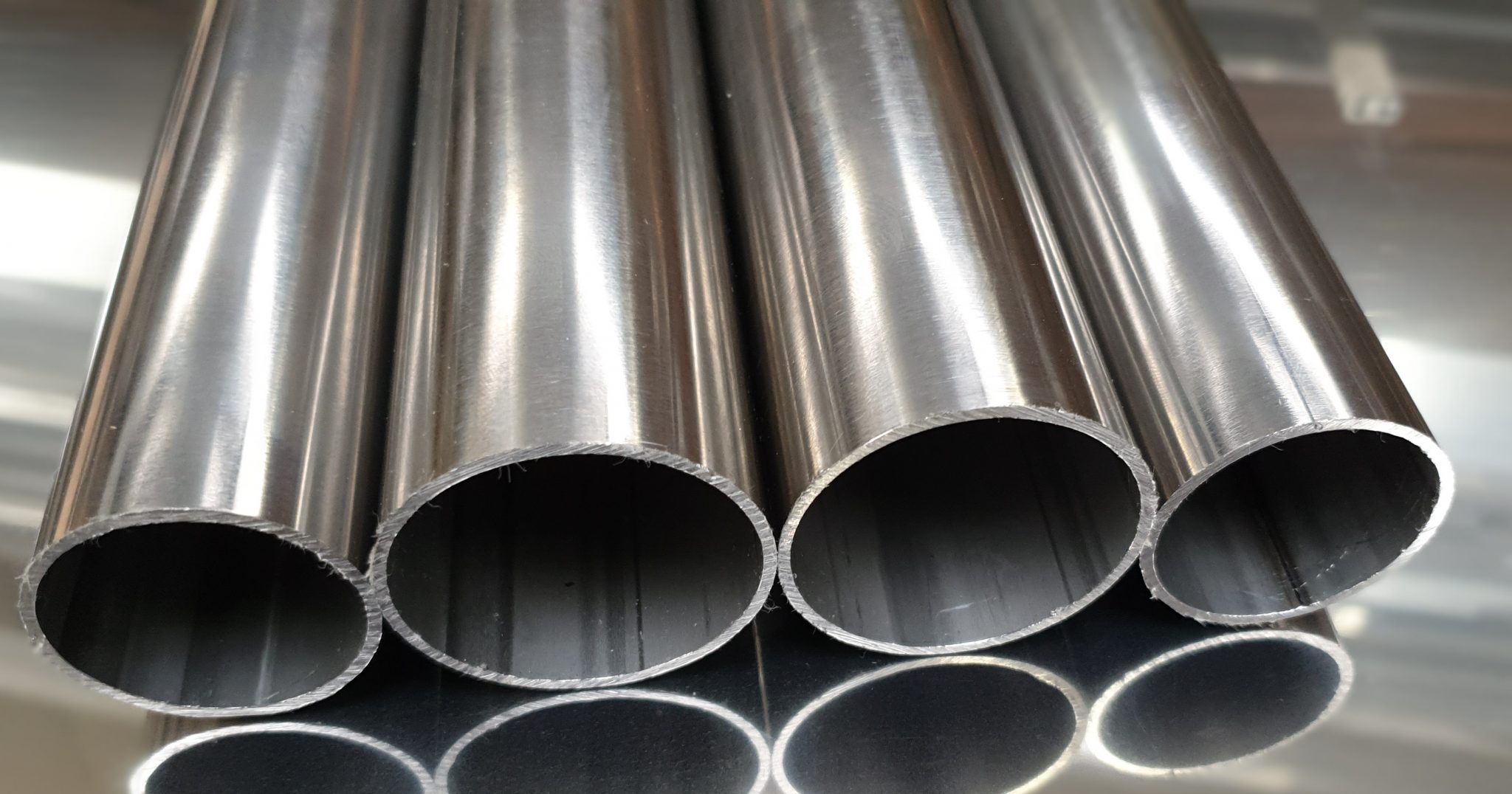
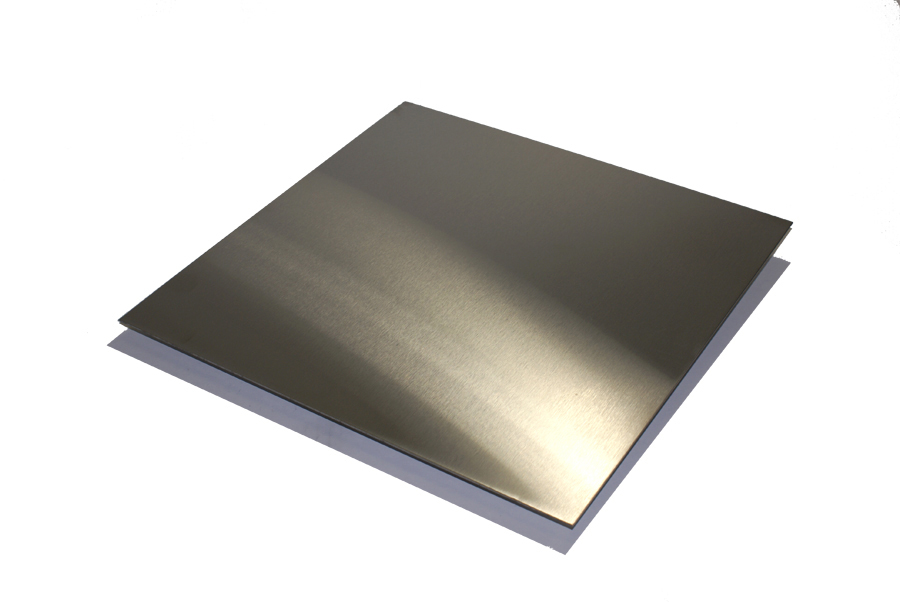





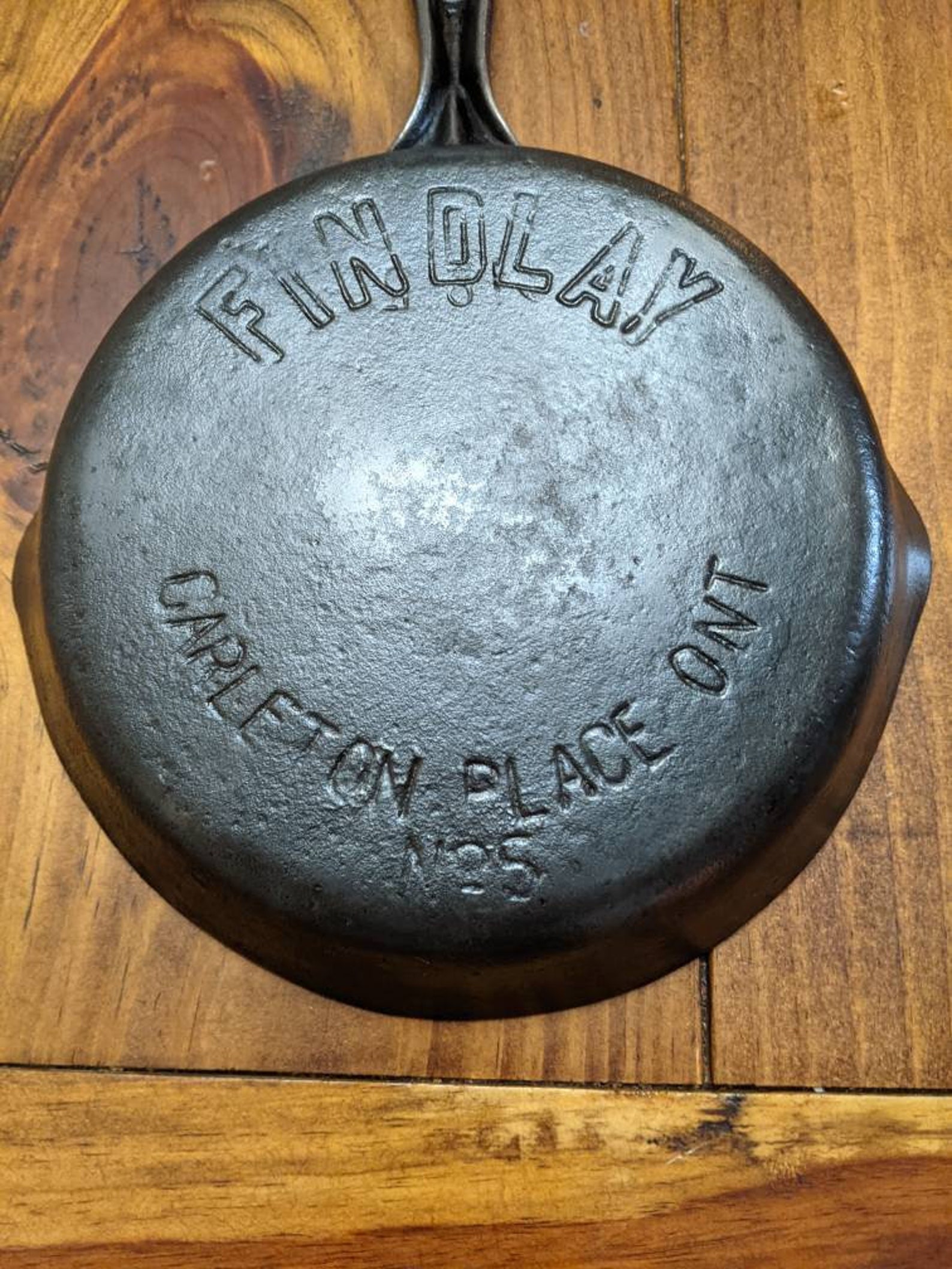
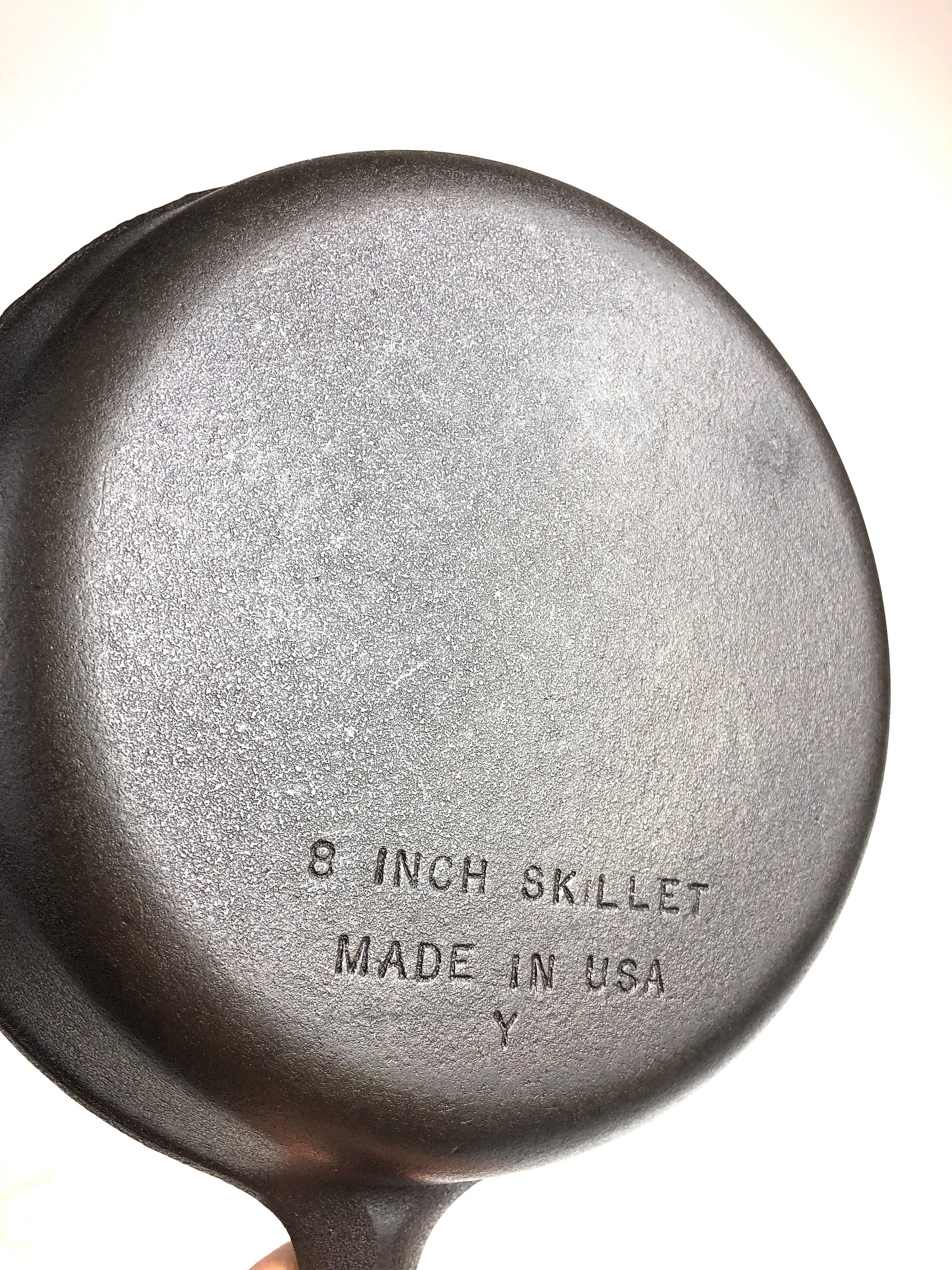


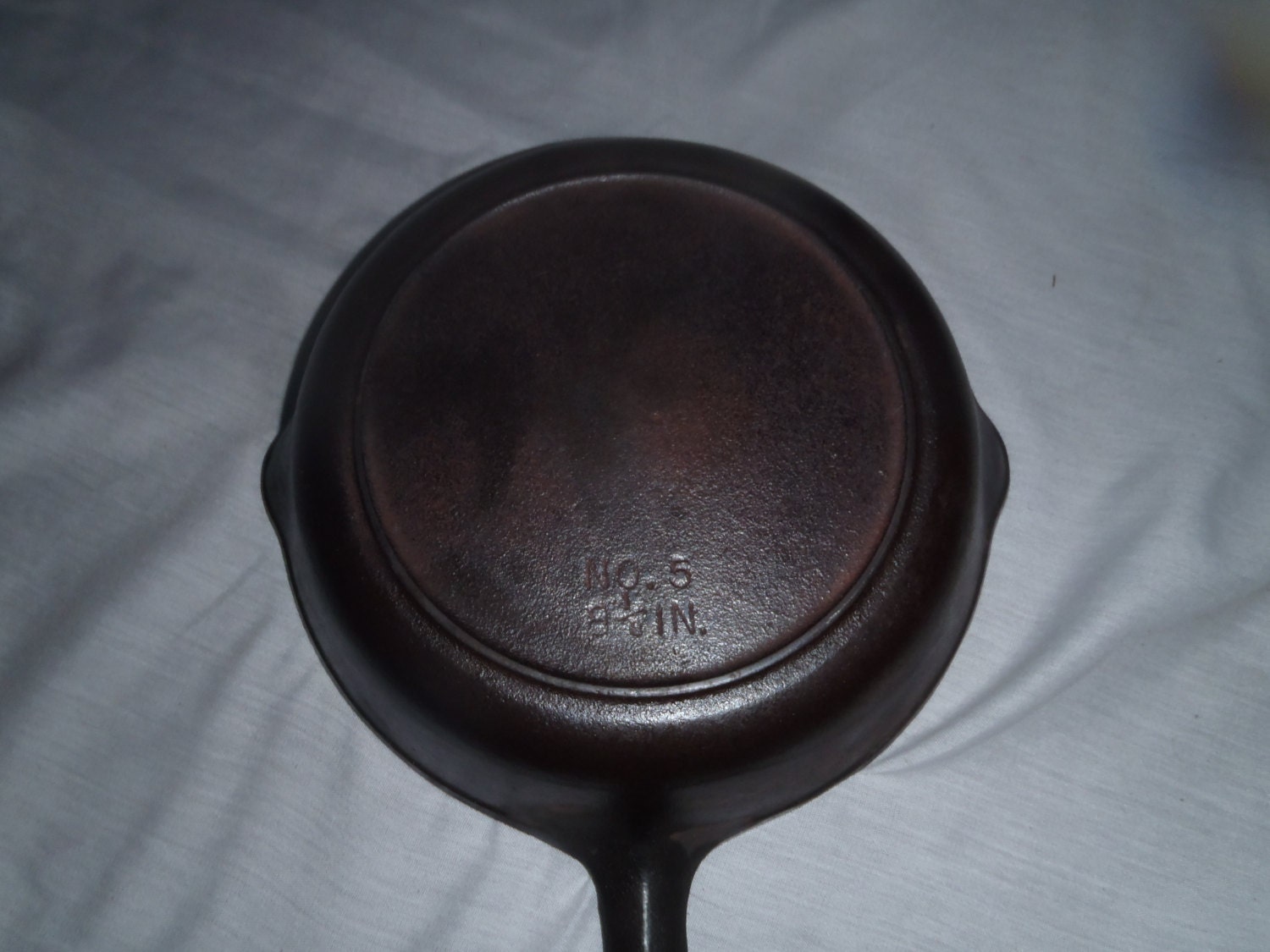


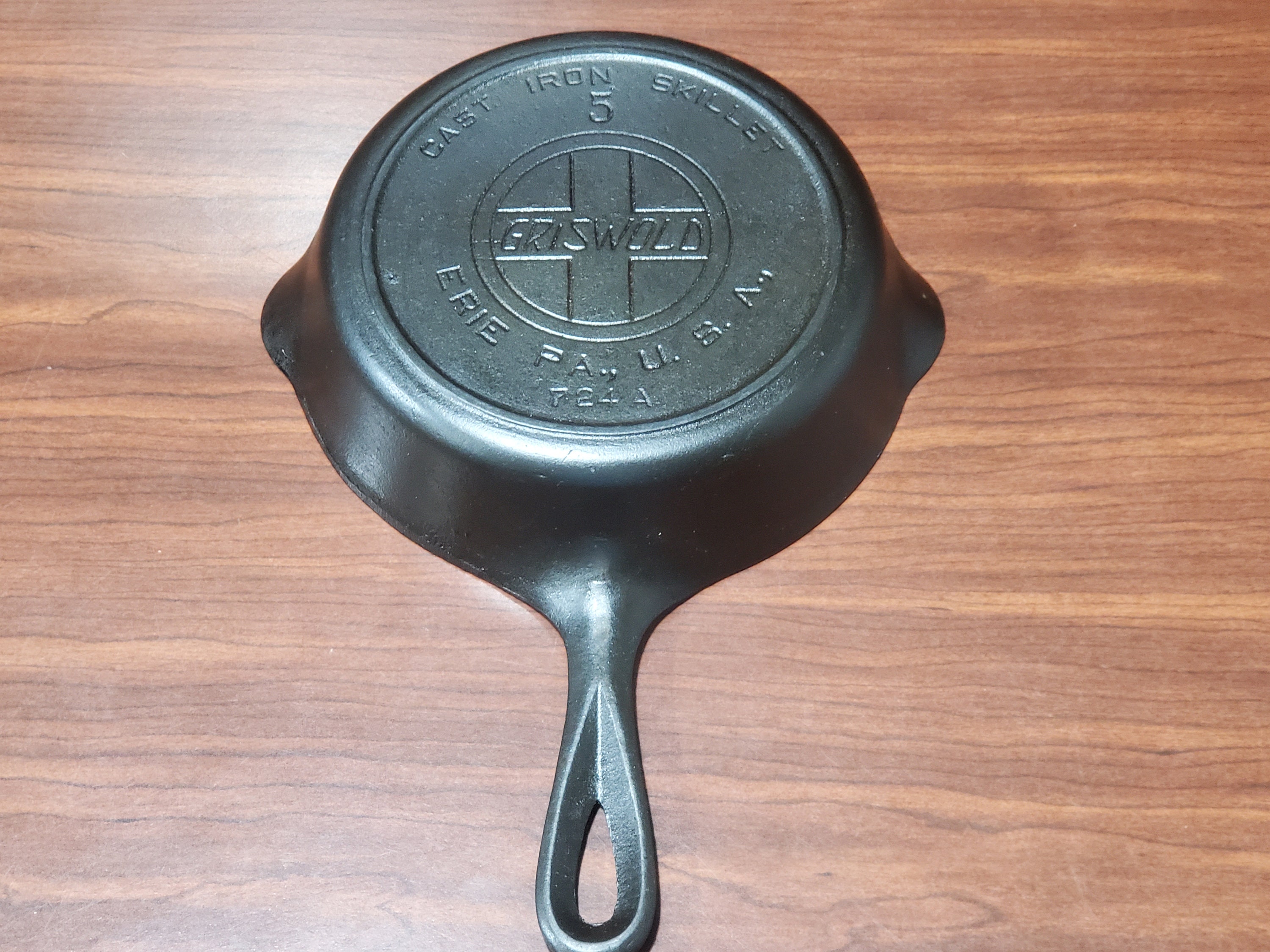
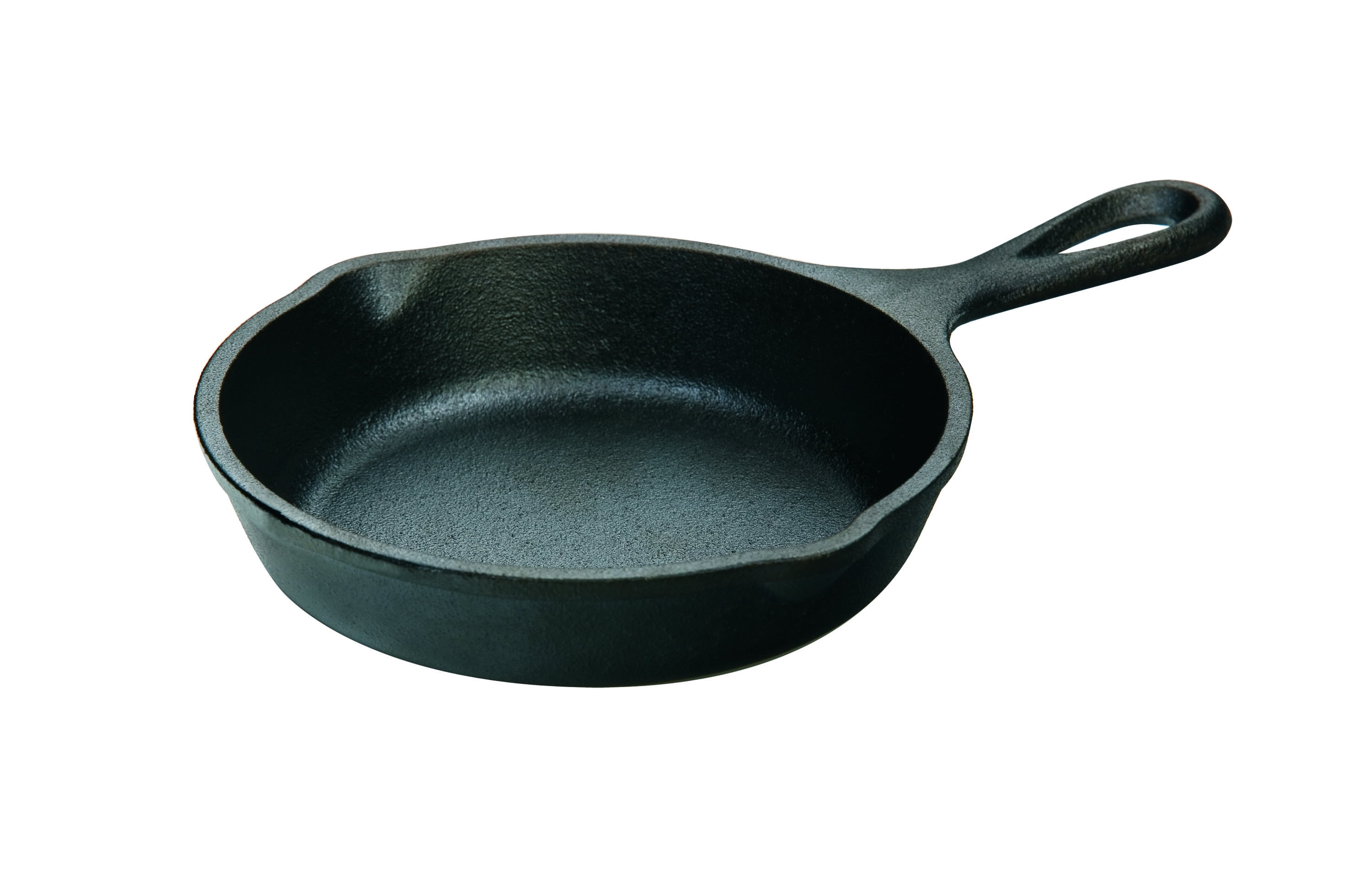
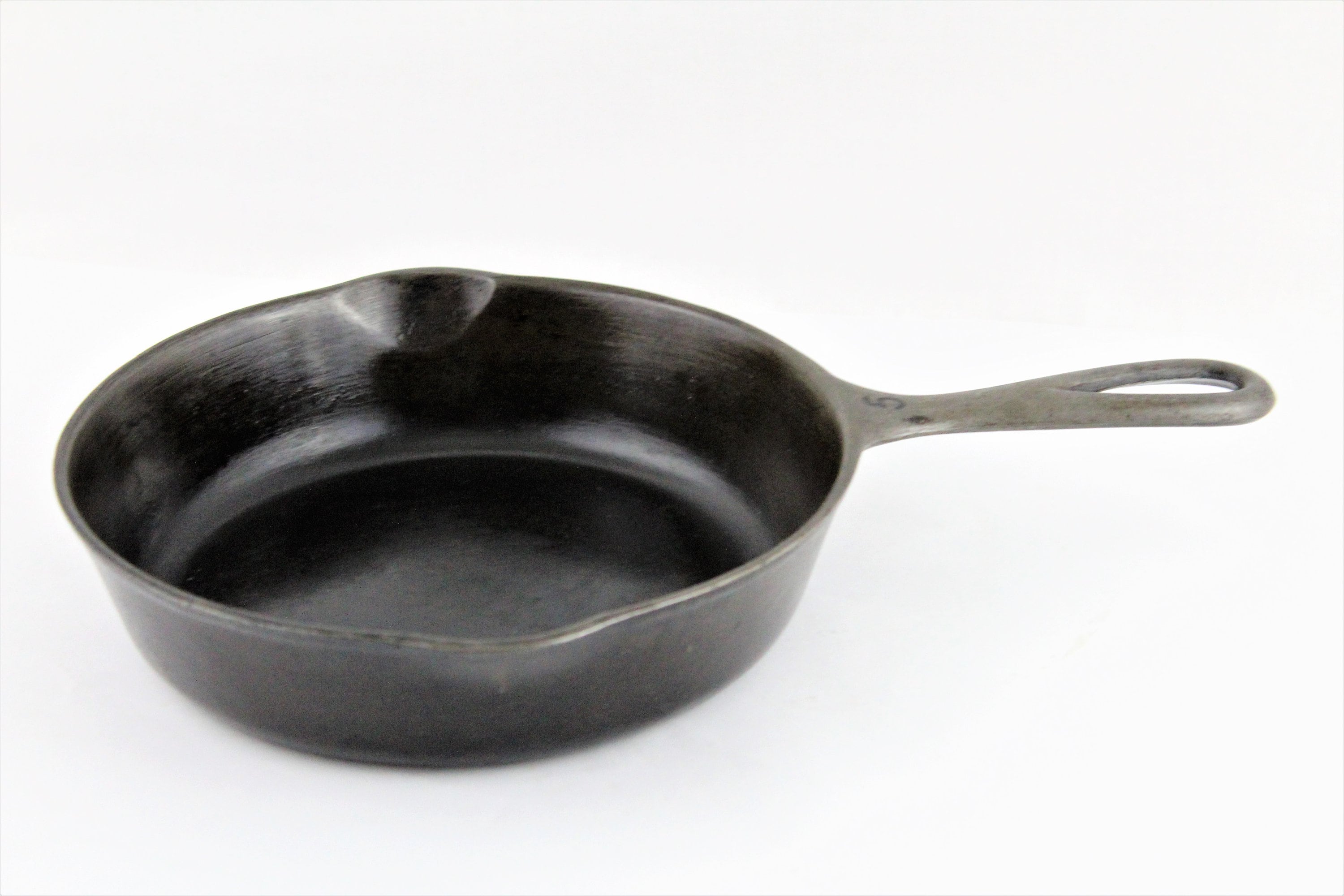











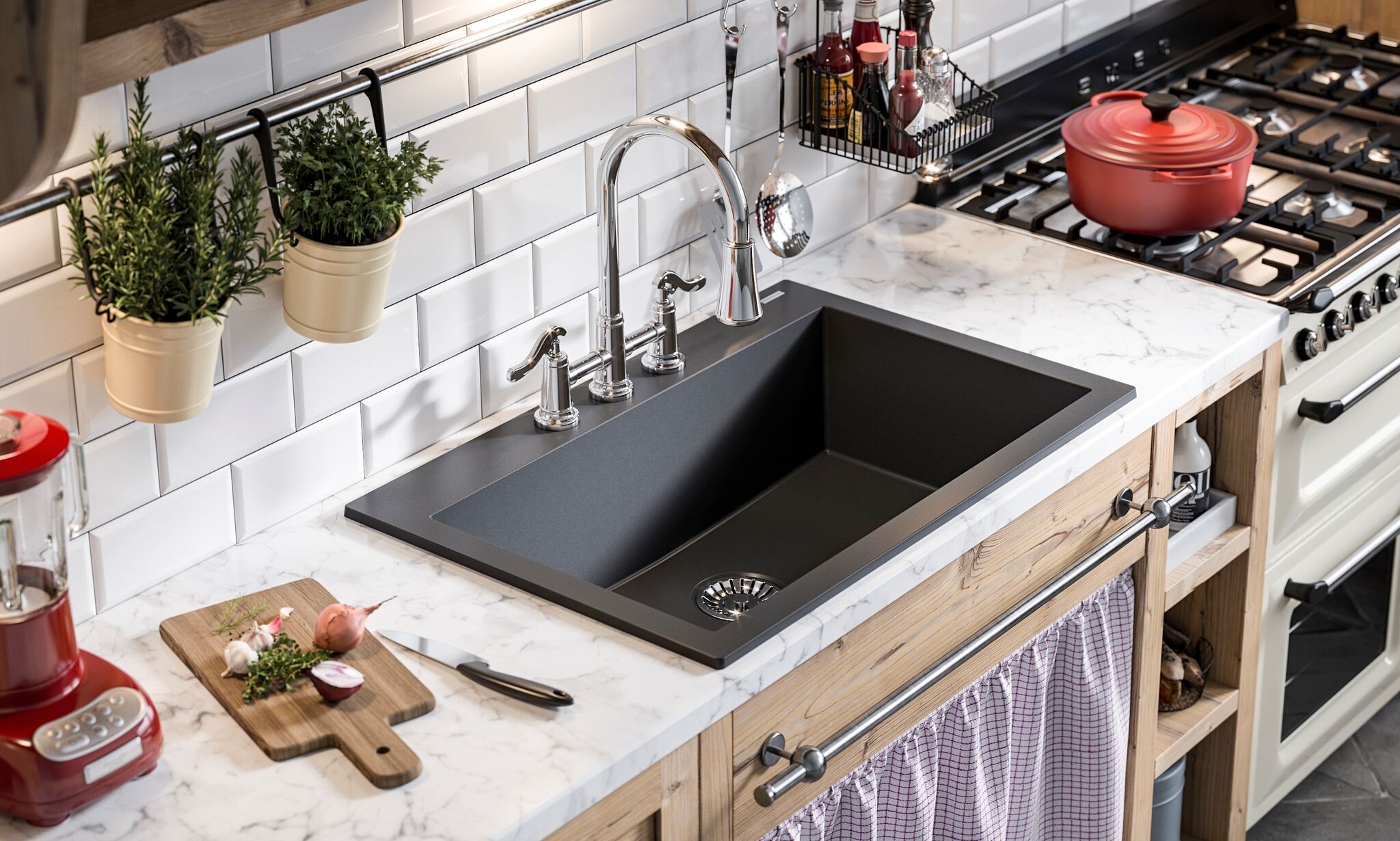





:quality(80):no_upscale()/https://bucket-api.domain.com.au/v1/bucket/image/w800-h600-9591627_1_pi_160628_051125)
